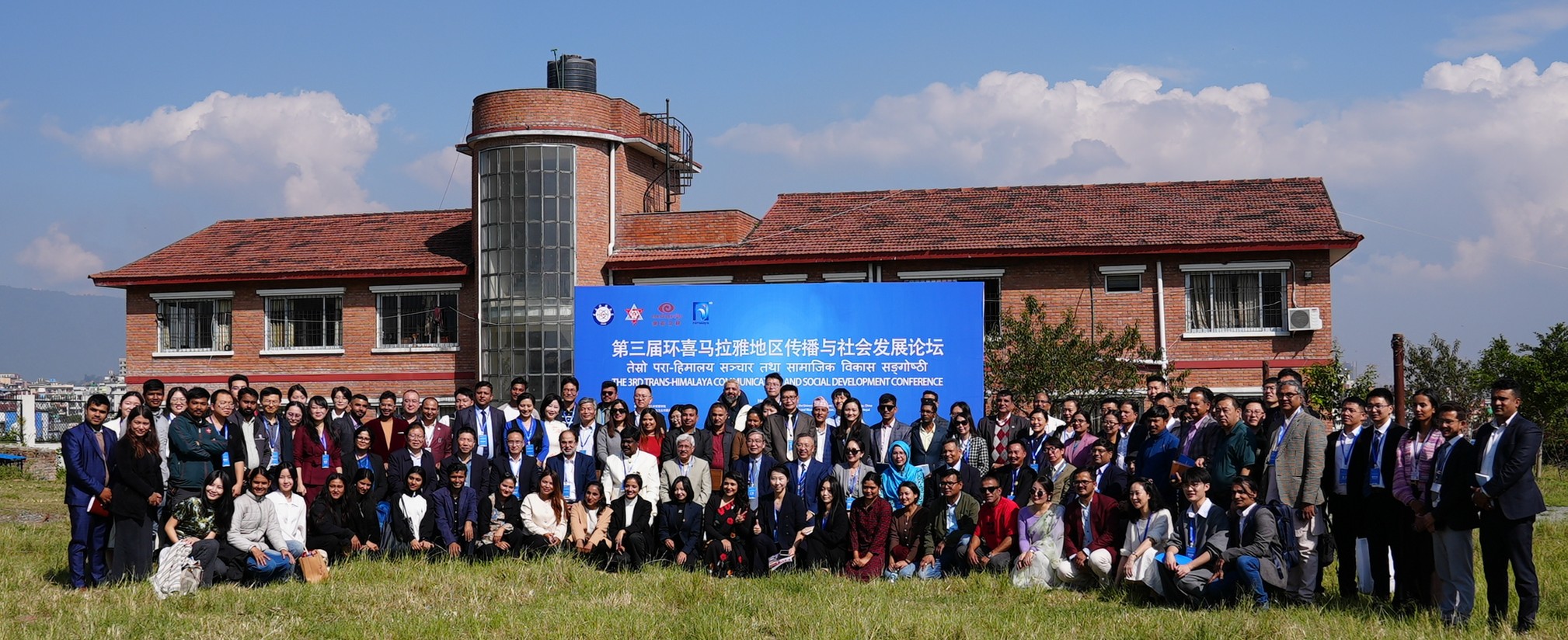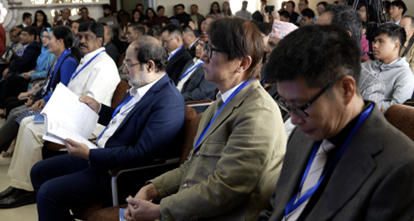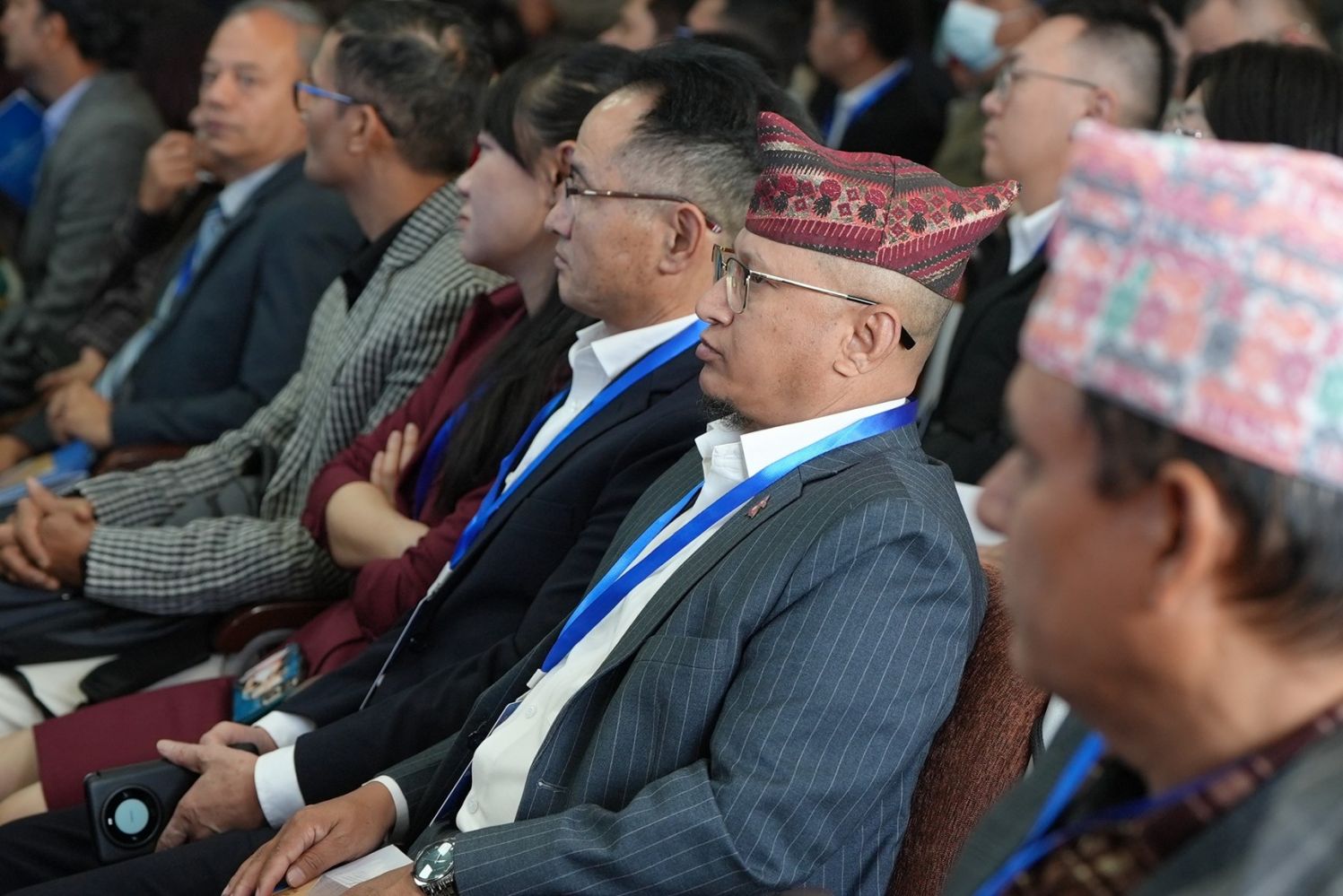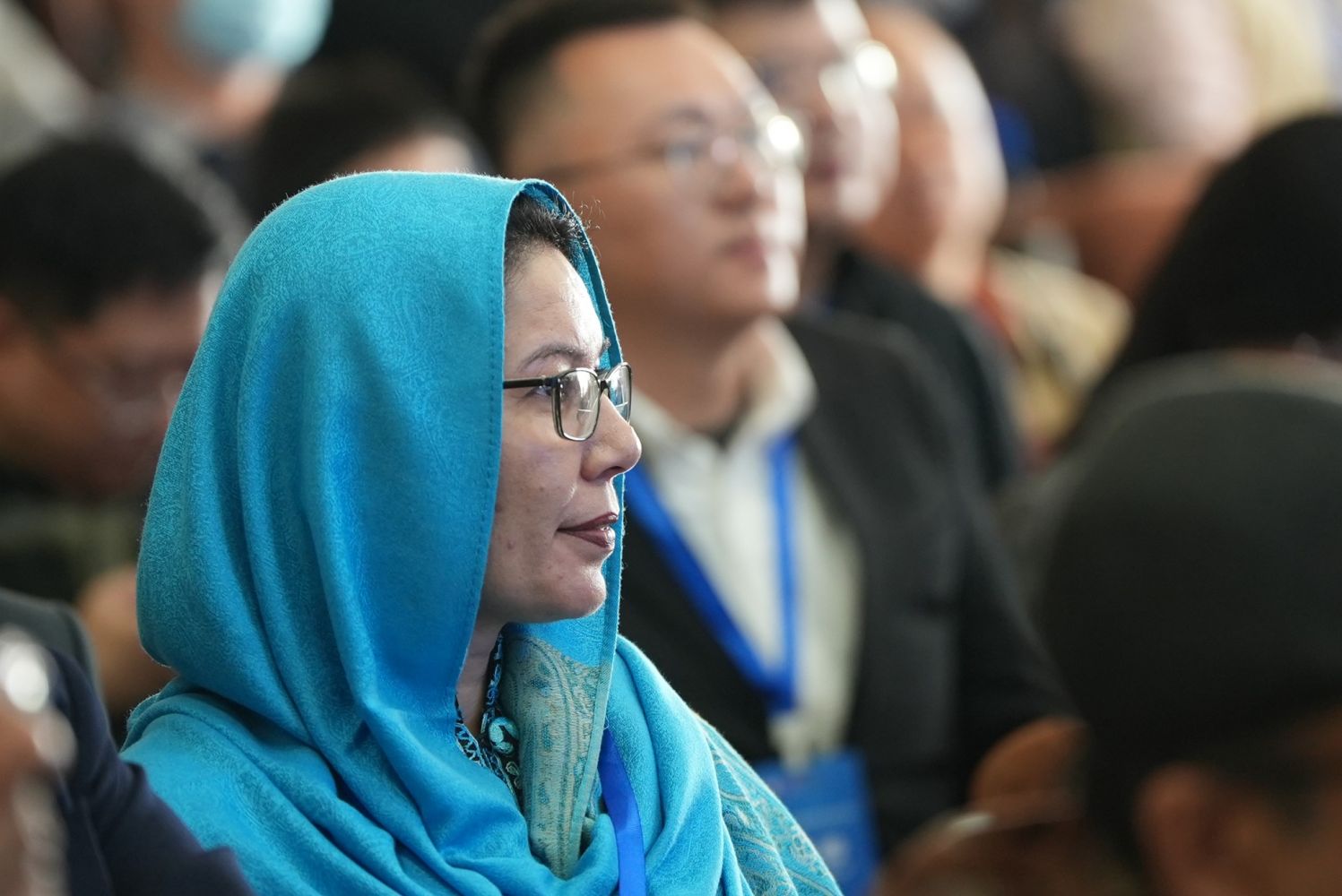SATV Kathmandu Nov 07:The third Trans-Himalayan Forum on Communication and Social Development opened today in Kathmandu, convened jointly by the University of Electronic Science and Technology of China(UESTC), Kangba TV (China), Tribhuvan University, and Himalaya Television(Nepal). Under the theme “Peripheral Digital Communication and Regional Public Governance,” the forum aims to address shared challenges through digital innovation and cross-border collaboration .

Against a backdrop of complex global dynamics, strengthening trust and cooperation among Trans-Himalayan nations has become increasingly critical. These countries, linked by geography and culture, face common issues such as climate change, biodiversity loss, water security, and sustainable development . The forum seeks to leverage digital tools and academic dialogue to foster practical solutions and regional stability .

The event has drawn over 150 scholars and practitioners from nine countries, including China, Nepal, the U.S., India, Bhutan,Bangladesh, Pakistan, Sri Lanka, and Japan, with more than 60 academic papers submitted.Its timing coincides with the 70th anniversary of China-Nepal diplomatic tiesand the 75th anniversary of China-India relations, adding historical significance to the dialogue.

Key Themes: AI Governance, Digital Narratives, and Women’s Voices
Keynotes addressed pressing regional issues. Professor Manukonda Rabindranath(Jawaharlal Nehru University, India) explored AI-driven fact-checking tools,while Bhutan’s Dawa Penjor presented the “Gelephu Mindfulness City” model.Professor Chen Changfeng (Tsinghua University) analyzed how algorithms reshapesocietal cognition .

Women’s empowerment emerged as a focal point, with scholars like India’s Deepika Pant highlighting the resilience of Pahari women amid social and environmental shifts. Kangba TV host Qimi Wengmu underscored media’s role in amplifyingwomen’s voices and fostering intercultural understanding .
Forginga Regional Collaboration Network
Experts emphasized the need for deeper integration. Professor Taibur Rahman (Universityof Dhaka) illustrated synergies among Bangladesh, Bhutan, China, and Nepalthrough case studies. Japanese photojournalist Hiroyuki Torii demonstratedvisual storytelling’s power in bridging cultures, while Pakistan’s ProfessorAbida Ashraf advocated for enhanced media industry cooperation .

TheVice-Chancellor of Tribhuvan University stressed that evidence-based academic exchanges are essential amid geopolitical shifts . Professor Ding Huang, Deanof UESTC’s School of Public Administration, noted, “This forum serves as adigital bridge to share knowledge and tackle common challenges” . Professor HanHong, Director of the Center for Trans-Himalayan Communication Research,proposed a “Seven-Point Initiative” to consolidate consensus during the sessions .

SideEvents: Cultural Bridges Through Books and Lenses
Parallel activities included the “My sterious Charm of Sichuan · Cultural China” book exhibition, featuring works on China’s development practices, and a“Trans-Himalayan Customs” photo exhibition documenting the region’s landscapesand societal transformations. These events provided immersive avenues forcultural exchange .

As the third iteration following forums in Chengdu (2018) and Kathmandu (2024),this gathering marks a sustained effort to strengthen academic and people-to-people ties across the Trans-Himalayan region .

About the Organizers
Theforum was co-hosted by UESTC’s School of Public Administration, Kangba TV,Tribhuvan University’s Department of Journalism and Mass Communication, and Himalaya Television. This academia-media partnership aims to blend researchwith practice, advancing regional connectivity and mutual understanding .



















